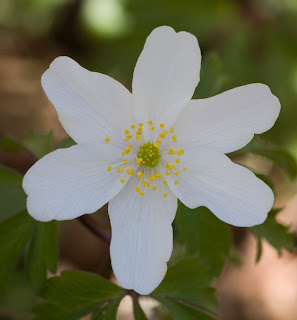
Foraminifera on a matchbox
While walking along a beach ten years ago we came across hundreds of jellyfish washed up on the sand. The kids were fascinated by them and proceeded to probe and examine them. My daughter, who was four at the time, was disgusted with these slimy, dangerous looking creatures. Being a zoologist I began explaining about their intricate, delicate morphology and their complicated life cycle. My little daughter was having none of this. She looked me in the eye, turned up her nose and hit me with a totally disarming and deeply philosophical response: What’s the point of jellyfish, they don’t even have faces? This stopped my in my tracks. After a while I feebly mumbled something about flowers not having faces but still being beautiful. Needless to say she wasn’t impressed!
The statement has mulled around in my head ever since - What’s the point of jellyfish, they don’t even have faces? The second part of the question is easy enough to tackle - they don’t even have faces. In the grand scheme of life, faces are pretty (excuse the pun) much in the minority. Bacteria, viruses, plants, protozoans, sponges, worms, echinoderms and most molluscs don’t have faces, so jellyfish need not feel so out of place. A face is not required in order to succeed in this world and if success is measured in the millions of years that a particular body plan has been in existence then facelessness wins hands down.
The first part of the question is much more difficult, if not impossible to answer - What’s the point of jellyfish? Of course the question can be expanded to include not just jellyfish: insects, spiders, humans, rocks, planets, galaxies, cheese makers, manufacturers of all dairy products - everything. What is the point? Answers on a post card please.
Just to finish off with a relevant quote from the great Groucho Marx:
A child of five would understand this. Send someone to fetch a child of five.























































